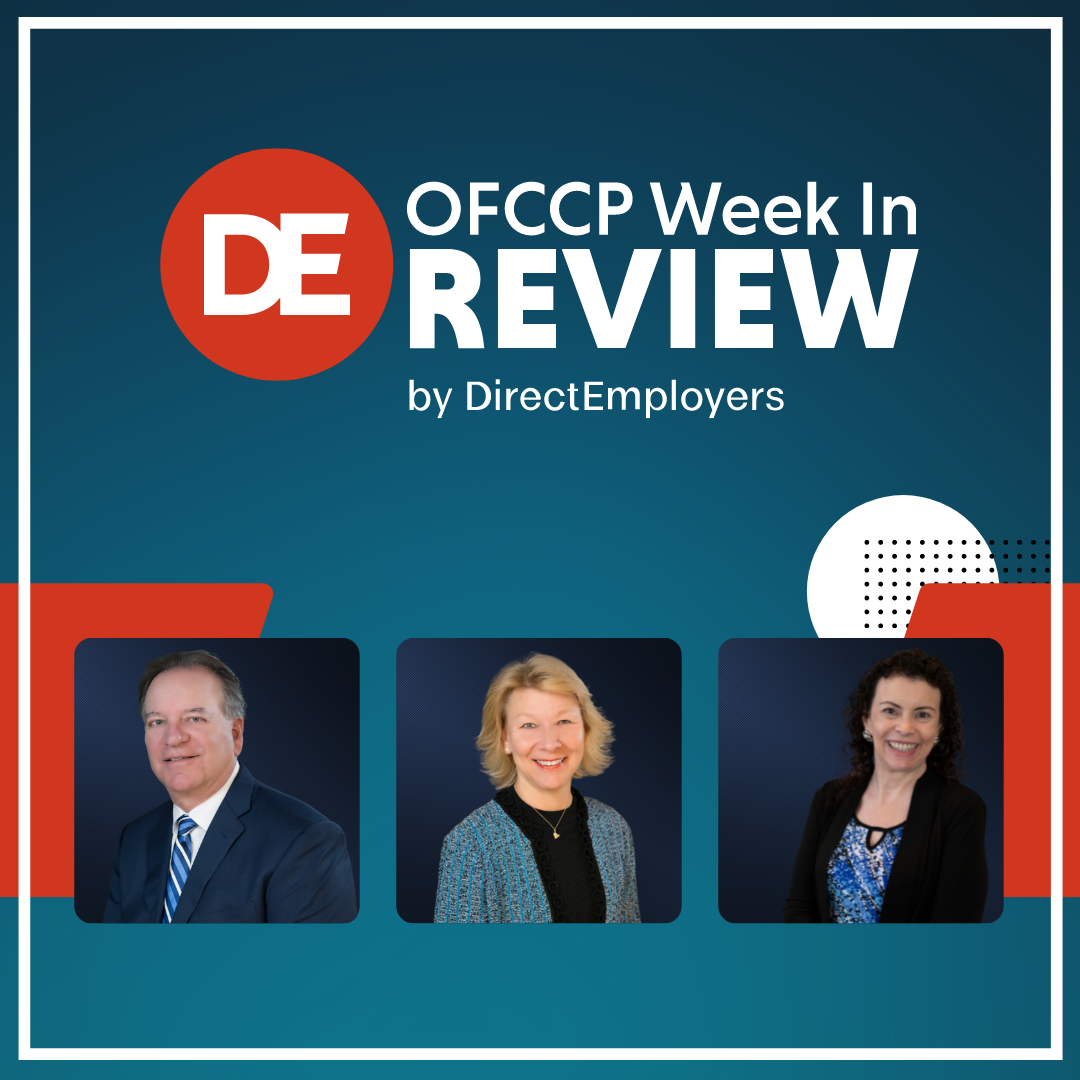
- DirectEmployers Welcomes Cynthia L. Hackerott to the Week In Review Reporting Team
- SCOTUS Limits Federal Preemption Otherwise Requiring Arbitration Of Airport Ramp Workers Claims
- President Biden Nominated Karla Gilbride to Be the Next EEOC General Counsel
- U.S. Senate Blocks Biden Nominee To Lead EBSA; But She is Likely To Nonetheless Get Confirmed Following An Upcoming “Déjà Vu Procedural Motion
- ODEP “Disability and The Digital Divide” Report: Significant Access Gap to Computers/Internet Hurts Employment
- Home Depot Employee’s Display of Black Lives Matter/BLM on Work Apron Was Not a Protected Activity; Employer’s Enforcement of Dress Code Did Not Violate NLRB, ALJ Concludes
Monday, June 6, 2022: DirectEmployers Welcomes Cynthia L. Hackerott to the Week In Review Reporting Team

Candee reached out to Cyndi (she can go with Cynthia or Cyndi, very flexible this one) to continue our effort to constantly increase our professionalism and excellence here at the WIR. Why rest on our laurels? Like John Fox, she is a former professional legal reporter, previously working as the lead editor of the CCH (Commerce Clearing House: remember them?)/ Wolters Kluwer Law & Business publication of the OFCCP Federal Contract Compliance Manual report. In addition, she contributed to other Wolters Kluwer publications, writing about OFCCP, EEOC, and all of the federal employment agencies (NLRB, EBSA, WHD, OSHA—the entire alphabet soup collection of federal employment law agencies). Occasionally, she even wrote articles on anti-trust law cases.

But Candee has already flexed her CIC Superpowers and wants to keep the WIR readable and meaningful to both HR and the lawyers…and the federal agencies…and the Congressional staffs…and the foreign governments…the employment law media…and the AAP vendors…everybody who is a subscriber. So, the projection of WIR stories does not change. But now, we may get the quotation marks right (before or after the period?) and shorter sentences. (Hope springs eternal).
You may welcome Cynthia at: cynthia.hackerott@gmail.com.
Oh, and what happened to our former WIR colleague Jen Polcer? She retired from DE to take a great big Human Resources EVP job (although she is likely to have some new-age job title like: “Thoroughly Grounded People Person”: get it? “Gravity”) for a fascinating fast-growing health and resort hotel chain headquartered in Vail called Gravity Haus. Of course, we are still scratching our heads wondering what Vail could possibly have over Indianapolis, especially since we had lured Jen five years ago out of Honolulu! So, Jen is out there…nearer the Continental Divide than DE Headquarters…until the Big Earthquake …after which Indy will be beachfront property, which is why we are still not selling our houses despite the soaring prices as Indy now threatens to move into the top ten cities in America…but minus one, to Colorado.
Wishing you much success and happiness, Jen!
Monday, June 6, 2022: SCOTUS Limits Federal Preemption Otherwise Requiring Arbitration Of Airport Ramp Workers Claims
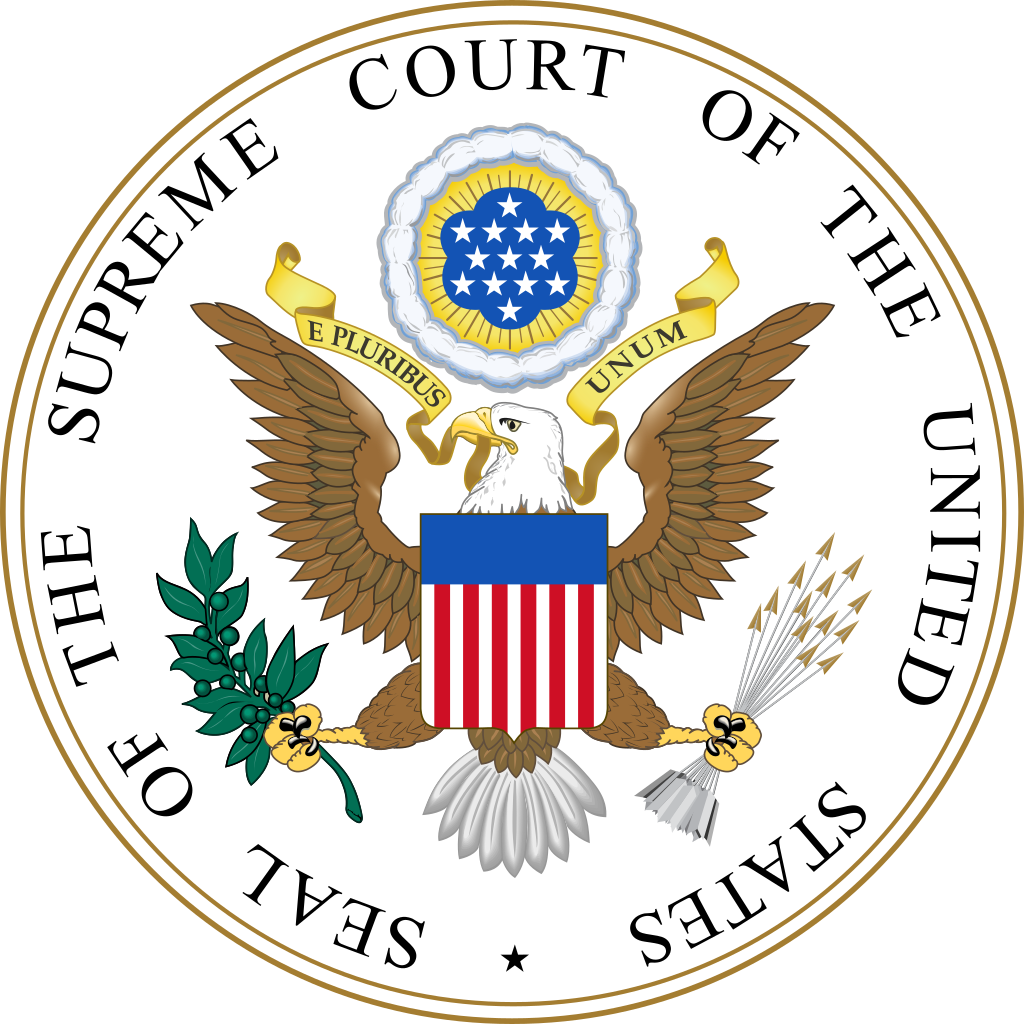
Section 1 of the FAA exempts from the statute’s coverage “contracts of employment of seamen, railroad employees, or any other class of workers engaged in foreign or interstate commerce.” Here, the plaintiff argued that ramp supervisors, like seamen and railroad employees, were an exempt “class of workers engaged in foreign or interstate commerce.” The district court found that only those involved in “actual transportation,” rather than merely handling goods, fell within the exemption. Reversing, the Seventh Circuit Court of Appeals concluded that – based on the duties of workers, rather than the employer’s interstate activities – the act of loading cargo onto a vehicle to be transported interstate is itself commerce, as that term was understood when the law was enacted in 1925. Courts must interpret the statutory language at issue by its “ordinary, contemporary, common meaning,” Justice Clarence Thomas emphasized in the opinion, affirming the Seventh Circuit’s interpretation of the FAA. To do so, the language must be read and interpreted in context.
Thus, the Court issued another “plain meaning” decision in accordance with the philosophy of its conservative Justices, with the liberal Justices signing on. At the same time, those liberal Justices, who generally favor labor-friendly exemptions to compelled arbitration, brought along the conservatives, giving the conservatives an instance to also appear labor-friendly.
Tuesday, June 7, 2022: President Biden Nominated Karla Gilbride to Be the Next EEOC General Counsel

A 2007 graduate of Georgetown Law School, Gilbride clerked for Judge Ronald Gould on the U.S. Court of Appeals for the Ninth Circuit. She also spent three years at Disability Rights Advocates in Berkeley, CA.
The Biden Administration took almost 15 months after firing President Trump’s pick for EEOC General Counsel, Sharon Gustafson, to announce its choice to replace Gustafson. President Biden fired Gustafson in March of last year shortly after he assumed office, after Ms. Gustafson refused to resign. (See, WIR “EEOC General Counsel Fired After Refusing to Resign”)
Wednesday, June 8, 2022: U.S. Senate Blocks Biden Nominee To Lead EBSA; But She is Likely To Nonetheless Get Confirmed Following An Upcoming “Déjà Vu Procedural Motion
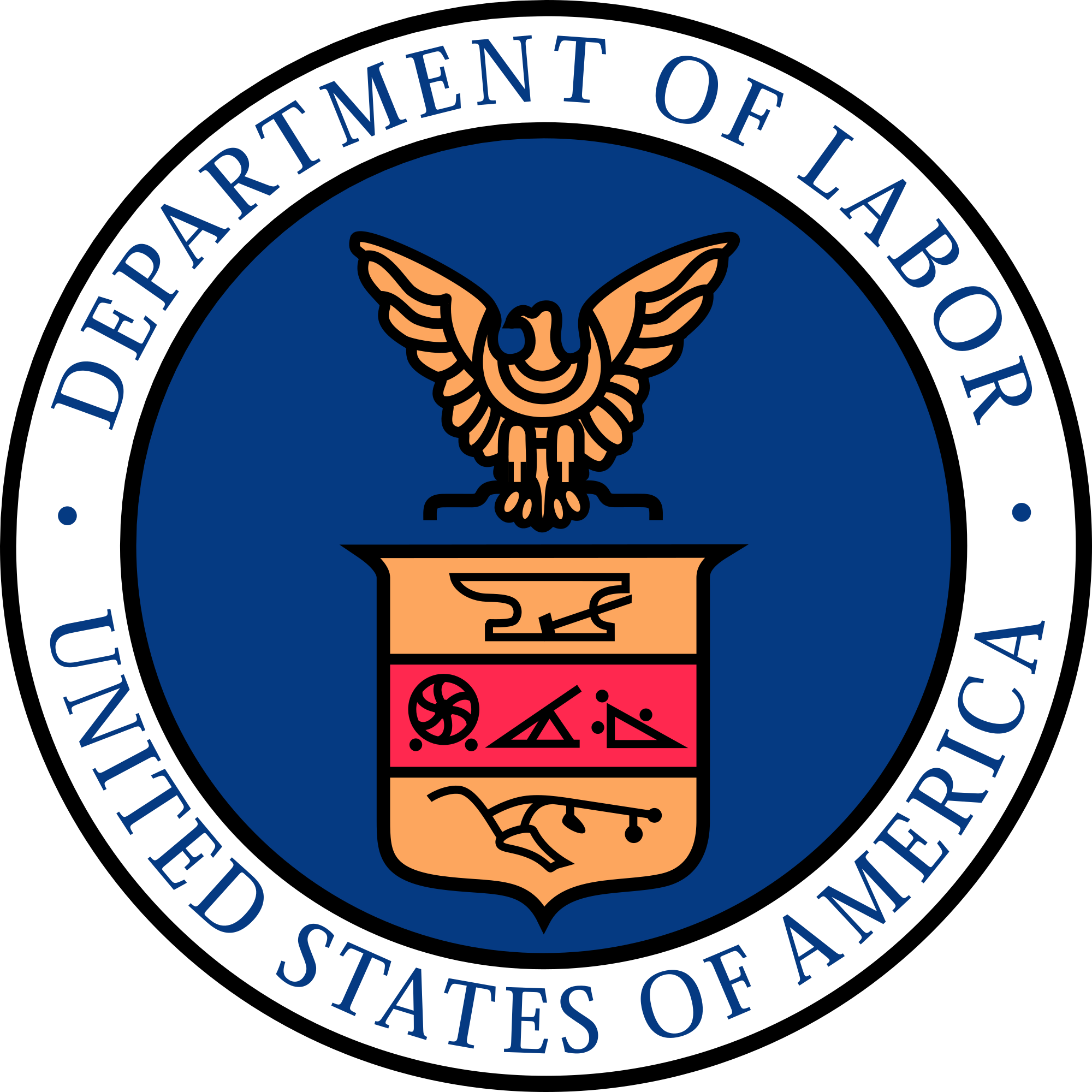
Due to the absence of Vice President Kamala Harris, Senate Majority Leader Charles Schumer (D-NY) changed his vote to “no” for procedural reasons and motioned the chamber to allow a vote again so Gomez could be reconsidered before the full Senate at a later date with VP Harris in attendance. The Vice President was not available to cast her vote to break the otherwise 50-50 tie (had Schumer kept his “yes” vote) because the Vice President was in Los Angeles at the CEO Summit of the Americas.
The close vote was apparently a surprise to Democrats because Senator Lisa Murkowski (R-AK) – who had earlier voted to advance the nomination in the HELP Committee back on January 13 – switched her vote. Senator Murkowski abstained from a procedural motion to close the debate which passed the chamber on May 25. A spokesperson for Murkowski explained that “Senator Murkowski opposed Lisa Gomez’s nomination on the floor due to policy concerns with the Biden administration’s actions on fiduciary regulations and Gomez’s role in implementing those regulations as the head of EBSA,” according to a Politico report.
Nevertheless, Senate Health, Education, Labor, and Pensions (HELP) Committee Chair Senator Patty Murray (D-WA) expressed confidence that Gomez would eventually be confirmed.
This vote marks the second time within a three-week period that a Biden nominee has failed to secure Senate confirmation. See, WIR “EEOC Commissioner Nominee Failed to Secure U.S. Senate Confirmation: Political Drama About To Unfold”
Back in March, Biden’s nomination of David Weil to head the Labor Department’s Wage and Hour Division failed when a motion to advance it to a final vote was defeated, 47-53. Biden had re-nominated Weil back in January after his initial nomination in June 2021 had expired. (See WIR, “Wage & Hour Administrator Nomination Boomerang.”)
Friday, June 10, 2022: ODEP “Disability and The Digital Divide” Report: Significant Access Gap to Computers/Internet Hurts Employment
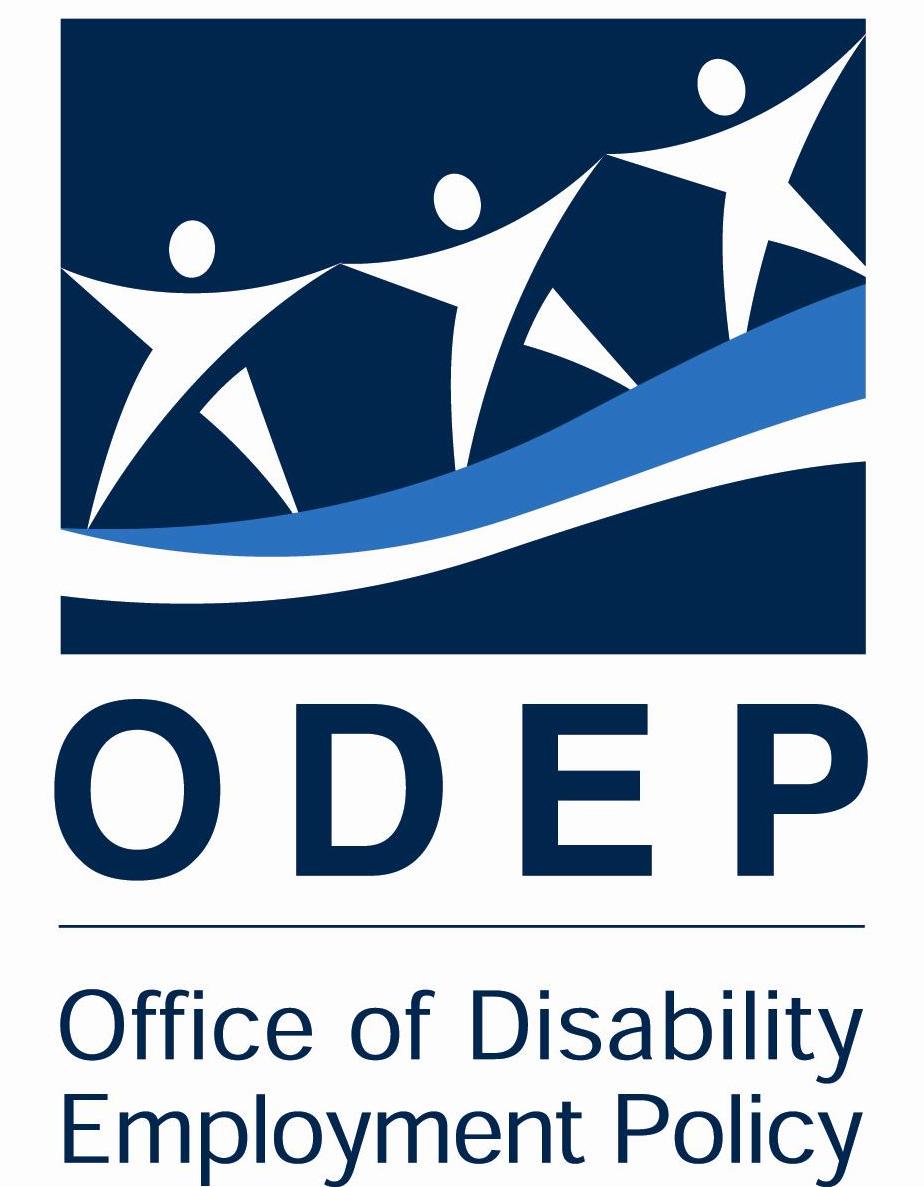
While the unemployment rate more than doubled among both workers with and without disabilities between late 2019 and late 2020, workers with disabilities became unemployed or left the labor force at higher rates than workers without disabilities, even when accounting for age, race and ethnicity, sex, marital status, education, industry, and occupation, according to the research the report cited.
At the same time, workers who reported using the internet while at work stayed employed at higher rates than those who reported they did not use the internet at work. Moreover, workers with disabilities who had some form of internet subscription at home stayed employed at much higher rates than workers with disabilities who did not have an internet subscription at home. In contrast, the report found no clear association between home internet and employment retention among workers without disabilities. Moreover, individuals between the ages of 25-64 with disabilities lived in households that lacked internet due to affordability concerns at higher rates than people without disabilities.
“Internet use is distinct from home internet subscribership, as not all people who have access to an internet subscription use the internet,” the report pointed out. The Report also noted that people with disabilities use the internet at significantly lower rates compared to people without disabilities. Accordingly, having a home internet connection and the ability (the report specifically mentions “better digital skills”) to use the internet and computing devices could be important to employment success for adults with disabilities who want to work, the report surmised.
Although the report was designed “to assist policymakers and practitioners in devising policies and practices that can help improve socioeconomic outcomes,” it did not contain specific recommendations.
Friday, June 10, 2022: Home Depot Employee’s Display of Black Lives Matter/BLM on Work Apron Was Not a Protected Activity; Employer’s Enforcement of Dress Code Did Not Violate NLRB, ALJ Concludes
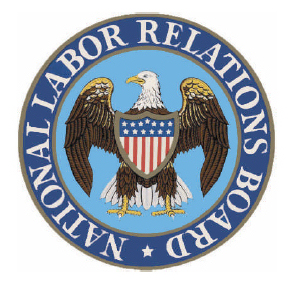
The use of individual employee’s “they/them/their” pronouns would be confusing where concerted activity may be at issue
The ALJ explained in the first footnote of his decision that using the pronouns of the individual complainant/employee – “they/them/their” – would be “unacceptably confusing” because the case included disputes as to whether certain activities were “concerted” and reference to actions taken by the employee alone as actions taken by “they” or “them” could give the mistaken impression that those actions were undertaken by multiple persons. Accordingly, the ALJ stated he avoided using any pronouns to refer to the employee. All they/them/their pronouns in this decision are plural and should be understood to refer to more than one person.
The employee was given suggestions and an opportunity to come up with a way of expressing the desired sentiment without violating company policy – all in vain
In addition to pre-printed customer service messages, Home Depot employees were encouraged to personalize their required orange work aprons by adding their own written messages. However, the retailer’s dress code policy prohibits employees from using the apron – or any other attire – to “[display] causes or political messages unrelated to workplace matters.” While the policy did not explicitly state that “Black Lives Matter” and “BLM” were prohibited, the parties agreed that the company interpreted this policy to include those terms.
The complainant employee, who identified as Mexican, Hispanic, and a person of color, worked at a Minneapolis-Saint Paul area store, located “approximately six and a half miles from where George Floyd, an unarmed black man, was murdered on May 25, 2020, by one or more officers of the Minneapolis Police Department,” the ALJ pointed out, noting the civil unrest which occurred in the aftermath of that event. In an effort to save the worker’s employment, a district manager suggested other ways in which the employee could express support for diversity, people of color, and/or Black coworkers without violating the dress code, but the employee ultimately rejected those suggestions. The district manager repeatedly emphasized to the worker her view that the employee was a valuable asset to the company and offered an opportunity for the employee to consider an alternative that would allow for the desired expression of support without violating the dress code. Although agreeing to do so, the employee instead resigned. Providing a resignation letter, the employee referred to allegations of racial harassment and discrimination by a coworker, which were already under investigation by the company. No mention was made of the dress code.
Evidence of interference with concerted activity – an essential claim element – was entirely lacking
Arguing on behalf of the employee, the NLRB’s General Counsel’s office did not allege that the dress code violated the NLRA on its face (i.e., by the language contained in the policy), but rather, that the company ran afoul of the law by classifying BLM as a message that came under the code’s prohibition. Explaining that Section 8(a)(1) of the NLRA bars employers from interfering with employees’ Section 7 right to engage in “concerted activity” for their “mutual aid and protection,” the ALJ first noted that the General Counsel did not even attempt to show that the retailer prohibited displays that constituted concerted activity.
Instead, the General Counsel asserted that employees’ BLM displays are so vital to their efforts to improve terms and conditions of employment these displays should be added to the list of subjects that the National Labor Relations Board considers “inherently concerted.” The ALJ explained, however, that it is for the Board, not him, to decide whether to adopt that designation. As such, the judge found that the company’s enforcement of its dress code to prohibit BLM messages did not interfere with employees’ protected concerted activity in violation of Section 8(a)(1).
Even if there had been a showing of concerted activity, there was no indication of a direct connection to employee efforts to improve their employment terms and conditions
“[ ]BLM messaging neither originated as, nor was shown to be reasonably perceived as, an effort to address the working conditions of employees,” the ALJ observed. “Rather the record shows that the message was primarily used, and generally understood, to address the unjustified killings of Black individuals by law enforcement and vigilantes,” he continued. Acknowledging that the message was “a matter of profound societal importance,” the judge pointed out that it was “not directly relevant to the terms, conditions, or lot of Home Depot’s employees as employees (judge’s emphasis). While broad political and social justice messages may ultimately impact employment conditions, the BLM message at issue here did not relate to employees’ concerns in their capacity as employees and any connection to working conditions was simply too far afield and vague to satisfy the Section 7’s mutual aid or protection requirement.
Moreover, there was no indication that the complainant employee’s BLM display was any more directly related to working conditions than BLM displays in general. None of the witnesses, including the complainant, testified that his BLM display was related to the complaints about the coworker or any other incidents and conditions at the store. The fact that the display occurred at a store located near George Floyd’s murder site and close in time to the incident, buttressed the conclusion that the complaints were not related to the employee’s working conditions.
Management’s enforcement of the policy was not related to protected activities regarding racial discrimination and harassment complaints
The ALJ also rejected arguments that the company violated the NLRA at Section 8(a)(1) by selectively and disparately enforcing its dress code against the employee in retaliation for communications made to management and coworkers about a particular coworker’s biased and harassing actions to other employees and customers. Although the judge agreed that these actions were protected concerted activities, the evidence did not show that the dress code was selectively enforced against the complainant employee. Indeed, management investigated the complaints (ultimately terminating the coworker) and was otherwise supportive of the employee’s concerns. Moreover, store management testified as to examples of themselves and other managers within the company disciplining other employees for “BLM” messages, and also for “Blue Lives Matter” and “Thin Blue Line” messages for violating the dress code.
The district manager’s instruction to keep the conversation about employee’s complaints of racial harassment and break room vandalism confidential did not violate the NLRA because it was specifically related to an investigation
Finally, the ALJ ruled that the district manager’s instruction to the employee – to keep their discussion during a meeting about the employee’s complaints of racial harassment and vandalism of an employer-sanctioned Black History Month break room display – was meant to protect the integrity of the employer’s investigation. Accordingly, the instruction was “categorically lawful” under the NLRA’s Section 8(a)(1) because it was limited to the duration of the investigation.
THIS COLUMN IS MEANT TO ASSIST IN A GENERAL UNDERSTANDING OF THE CURRENT LAW AND PRACTICE RELATING TO OFCCP. IT IS NOT TO BE REGARDED AS LEGAL ADVICE. COMPANIES OR INDIVIDUALS WITH PARTICULAR QUESTIONS SHOULD SEEK ADVICE OF COUNSEL.
SUBSCRIBE.
Compliance Alerts
Compliance Tips
Week In Review (WIR)
Subscribe to receive alerts, news and updates on all things related to OFCCP compliance as it applies to federal contractors.
OFCCP Compliance Text Alerts
Get OFCCP compliance alerts on your cell phone. Text the word compliance to 55678 and confirm your subscription. Provider message and data rates may apply.

